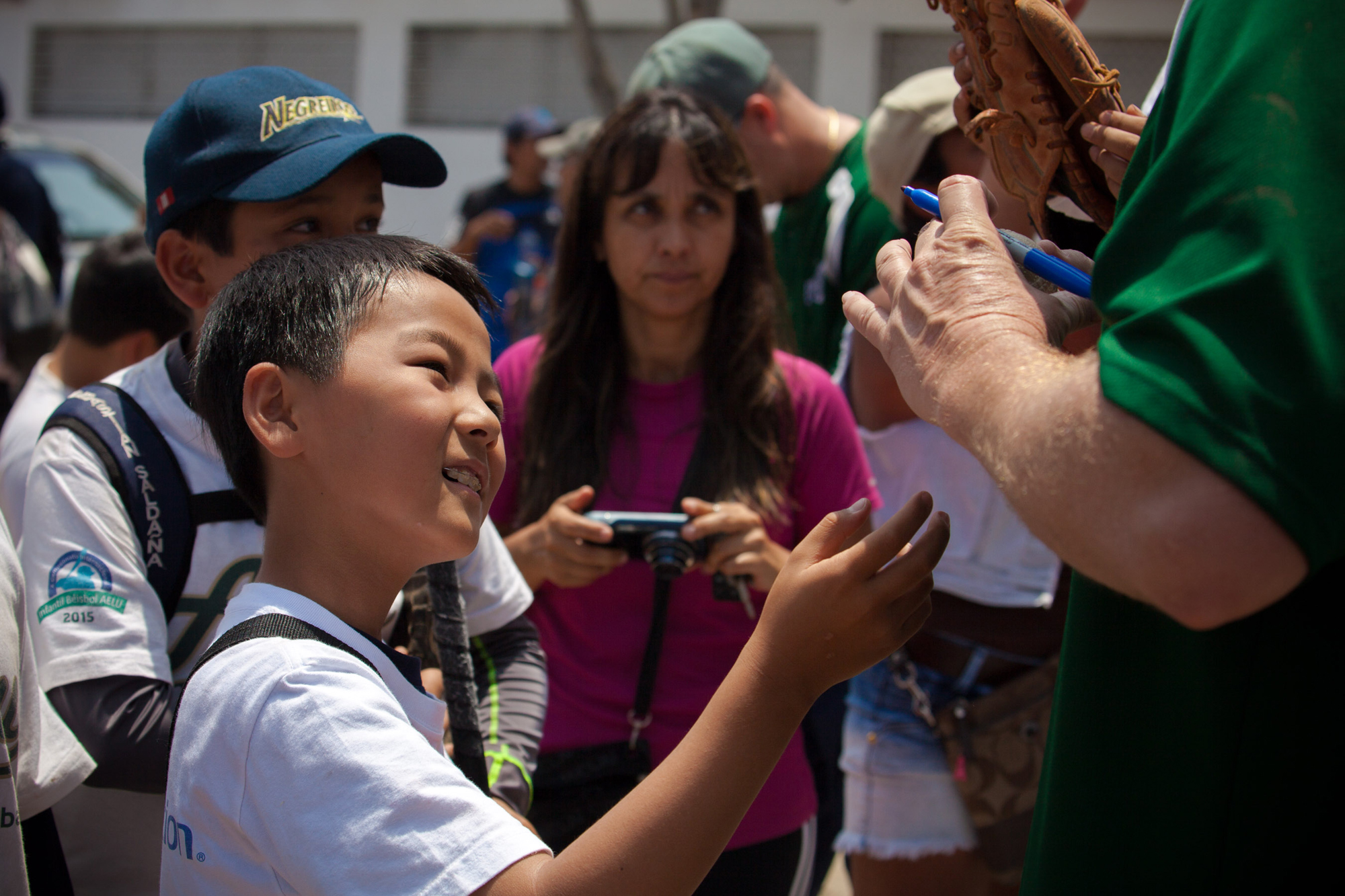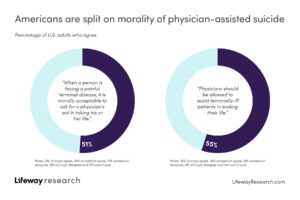
 THOUSAND OAKS, Calif. (BP)–The other day I got to thinking of what it must have been like for a beginning film reviewer in 1939. That year has since been referred to as Hollywood’s golden year.
THOUSAND OAKS, Calif. (BP)–The other day I got to thinking of what it must have been like for a beginning film reviewer in 1939. That year has since been referred to as Hollywood’s golden year.
During those twelve months, over 200 films were released that are now considered classics. Gone With The Wind, The Wizard of Oz, Gunga Din, Wuthering Heights, Dark Victory, Goodbye Mr. Chips, Young Mr. Lincoln, The Women, Babes in Arms, Mr. Smith Goes To Washington, Ninotchka, Destry Rides Again, Stagecoach, Drums Along the Mohawk, Intermezzo, Jesse James, The Little Princess, Made For Each Other, Union Pacific, Sherlock Holmes, Beau Geste, Golden Boy, The Hound of the Baskervilles, Love Affair, and The Hunchback of Notre Dame are just some of those that grandly expressed the human condition through every film genre. That critic must have thought, “Hey, this is a pretty good job.” How movie making has changed. I’d be thrilled if I saw just one such film in a year.
But what has made those films live on? The stories, the performances, the dialogue all contribute to their longevity. But perhaps the most important element to the endurance of a film is its imagery.
In Charles Laughton’s 1939 version of The Hunchback of Notre Dame, Esmeralda, a lowly gypsy girl, enters a cathedral to pray. She is surrounded by finely dressed, haughty aristocracy, each praying for his or her individual desires. We are taken aback, moved, enlightened and perhaps convicted by the image of this humble girl as she kneels to pray for others. Her selfless entreaties exemplified Christ’s instruction to love one another.
True, during the last past decade or three, the medium has been used more as a voyeuristic tool, allowing us to vicariously live out our baser instincts. Generally, though, the images that remain most indelibly etched in our memories are those that have lifted the spirit of man to a devotional level.
The lasting impressions from 1993’s Oscar-winning Schindler’s List are not of the tortures of God’s chosen people, but of God’s intervention. The film is replete with images that respectfully acknowledge the need for and the existence of spirituality.
Along with the gimmicky red-coated little girl (the only color in the otherwise black & white film), the most vivid images are those of a German officer attempting to shoot a defenseless man with his revolver. When the gun jams, he borrows another pistol. It won’t work either, letting us know other Forces are at work here.
And when the adulterous Schindler apologizes to his wife and vows his unfaithfulness will end, she forgives him. The touching moment takes place in a church, symbolizing a spiritual healing, allowing that the offense has been absolved with the aid of Christ.
1953’s The Robe has a Roman centurion, played by Richard Burton, haunted by his participation in the execution of Christ. One significant scene has the Roman giving a donkey to a Hebrew boy. It is probably the finest gift, if not the only one the child has ever received, yet, the next day he bestows it to another peasant boy. This visual signifies, “It is better to give than to receive,” and startles the soldier into an awareness that there may actually be something to this new religion.
During its formative years the entertainment industry’s product was basically composed of morality messages – and images. Dramas, cowboy sagas, sci-fi tales, even the horror genre typically illustrated the conquest of good over evil. In 1942’s Cat People, a scene stands out as the hero holds up a cross and tells the menacing foe to “leave us alone in the name of God.” Slowly, the possessed leopard retreats. True, it would have been more rewarding for us Christians if he would have said, “In the name of Jesus,” but certainly the cross represented the Savior’s power over demonic forces.
But perhaps the most astonishing spiritual imagery I can remember is found in 1984’s Places In the Heart. There’s not just one incredibly stirring image, but two. At the end of a church service, a woman forgives her husband of an adulterous affair. Until that moment, she has not been able to draw close to him. But during the sermon, she reaches over and takes his hand. His eyes begin to water (as are mine just picturing the scene) as he realizes his marriage is being healed.
In the same service, as the communion is being passed, suddenly the plate is handed to a character who was killed earlier in the film. He then passes it on to the young man who had killed him. The surreal visual not only signifies a coming together, but that it is the sacrifice of Christ that makes it possible. Wow.
Rather than pontificating about the social relevance of Christian imagery in film, I will leave you with the synopsis of It’s A Wonderful Life. A man considering suicide is given the chance to see what life for others would be like if he had never been born.
Full of Christian symbolism, It’s A Wonderful Life reinforces the belief that our compassion and responsibility do make a difference in the lives of those with whom we come in contact.
As you ponder that film’s symbolic significance, can you point to a particular scene in that film, or any other, that has affected your life? For me, it’s the image of James Stewart’s George Bailey seated at a bar, desperate, dejected and afraid. As I conjure up that image of George beginning an urgent prayer, I realize, where could I go, but to the Lord?
–30–















